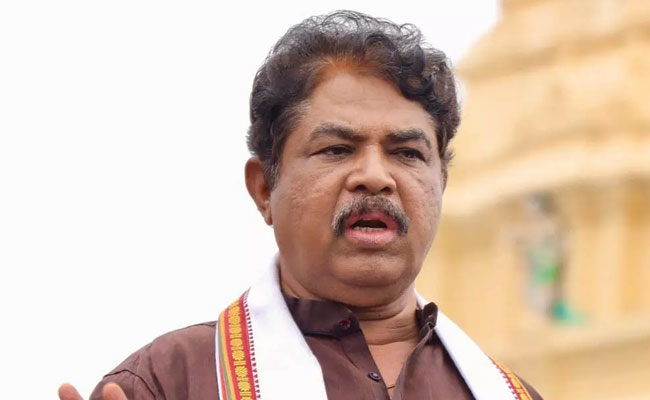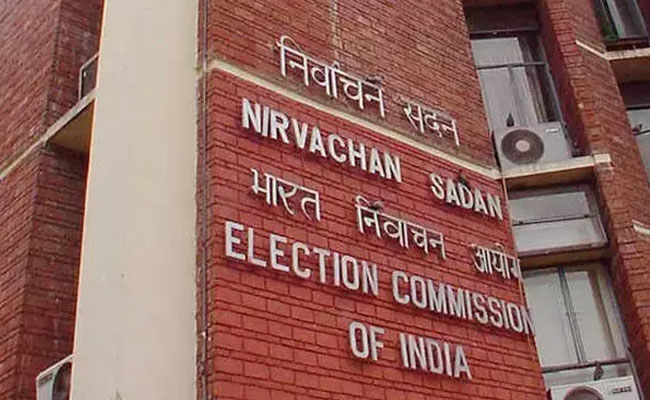A rather gut wrenching account of three young children having died of hunger has occurred in the national capital, New Delhi. This happened just around the time the Prime Minister and his men are trying to project some amazing success India has achieved, only according to them. The post-mortem reports have said the children didn’t have any traces of food or water in their body, and their stomachs were totally empty at the time of death.
Deputy chief minister of Delhi, Manish Sisodia has ordered for an inquiry into the matter. The hospital has confirmed that the children died of hunger and impoverishment. Around the time when the ruling dispensation is busy debating what people should eat what they shouldn’t; this gory death of children has posed a big question before us holding up the stark contradiction to the people we are. The government may ask how can it be held responsible for these children who died of hunger. But this is an indicator of a consistent effort to snatch people’s right to live, in a civilized society. The government shouldn’t lose sight of that. Malnourishment is a big menace the country is currently fighting.
Today children are battling more than 40% of the diseases that are caused by lack of nourishment. Hunger is the biggest disease in the nation now. Yet, these deaths are testimony to the fact that the central government has failed to create an efficient programme to tackle hunger and malnourishment among its citizens. In many ways, people are losing food security, owing to consistent use of various tools employed by the government to deny food to people living in poverty and inhuman conditions. That the government should provide them aid is a suggestion that is yet to be considered by the ruling dispensation.
Many instances of people being denied food grains because they didn’t have aadhaar card. Unemployment has increased after demonetization. These incidents happened in Karnataka too. People have been denied treatment and medicines in hospitals for want of Aadhar card.
People are facing dire consequences of note ban, owing to jobs being reduced and unable to return to their villages because they do not have any food security there either. How would they pay attention to anything else when food itself is a premium for them? Dairy farming is on a downhill in villages owing to fake Gau Rakshaks and the violence they have unleashed on the innocent people. These fake Gau Rakshaks claim rights over farmers’ cattle, they are lifted midway reach the Gau Shalas and eventually disappear mysteriously or are reaching slaughter houses for someone’s benefit. This development has startled the people in lower strata of both cities and villages alike. People are unable to provide food for their children to survive.
Even when the malnourishment and hunger is at its peak in the nation, an RSS leader has said people should stop eating beef. A person who lives off someone else’s earnings can give such statements. Beef is a food of the majority of the country. This has kept the poor and impoverished with some stamina and health. It is easy to snatch it from them, but what is the alternative the government is providing for them? Today beef is among the top exported items in the country.
The nation is keen on providing the best of beef for other nations. The nation’s poor will suffer and this would show on the hunger index of the country and eventually on the economic status as well. But the leaders are busy advising the people not to eat beef. This is bound to have adverse effects on the nation because many people are dependent on beef in various ways. For farmers who rear the cows, beef eaters are consumers who provide market for their goods. Which is why they sell the cattle that have outlived their utility. Beef eaters are seen as part of the chain of dairy farming. Lakhs of slaughterhouses work to provide beef. Tanneries work to provide leather extracted from the dead cattle. All these occupations provide livelihoods to people and they would be affected should the government work adversely to the interests of the people.
The rates of beef are skyrocketing since the meat is hardly available in the market. With this, rates of other varieties of meat are also getting beyond the reach of people. The poor are unable to afford nutritious food because vegetables are very costly and cannot be afforded by all. Owing to fake Gau Rakshaks, the country is facing crisis on all fronts. The food has been denied and an insecurity has been created. This is a complete denial of right to live. Today we do not have the luxury of deciding who can eat and what needs to be consumed. The hunger deaths in Delhi are a testimony to that fact. We need to debate on ways of tackling hunger. Just as the Gau Rakshaks have become a point of debate, even the dead children need to rattle our consciousness. And it is imperative that an inquiry reveals who is responsible for this food insecurity, and we need to find solutions for that.
Let the Truth be known. If you read VB and like VB, please be a VB Supporter and Help us deliver the Truth to one and all.
Mumbai (PTI): Aviation watchdog DGCA on Friday eased the flight duty norms by allowing substitution of leaves with a weekly rest period amid massive operational disruptions at IndiGo, according to sources.
As per the revised Flight Duty Time Limitations (FDTL) norms, "no leave shall be substituted for weekly rest", which means that weekly rest period and leaves are to be treated separately. The clause was part of efforts to address fatigue issues among the pilots.
Citing IndiGo flight disruptions, sources told PTI that the Directorate General of Civil Aviation (DGCA) has decided to withdraw the provision 'no leave shall be substituted for weekly rest' from the FDTL norms.
ALSO READ: 49 Indigo flights likely to be cancelled from Hyderabad
"In view of the ongoing operational disruptions and representations received from various airlines regarding the need to ensure continuity and stability of operations, it has been considered necessary to review the said provision," DGCA said in a communication dated December 5.
The gaps in planning ahead of the implementation of the revised FDTL, the second phase of which came into force from November 1, have resulted in crew shortage at IndiGo and is one of the key reasons for the current disruptions.
#BREAKING: #DGCA relaxes a clause which debarred airlines to club leaves with weekly rest to mitigate #IndiGo crisis
— Economic Times (@EconomicTimes) December 5, 2025
🔴 Catch the day's latest news here ➠ https://t.co/8eVBGnsJUA 🗞️ pic.twitter.com/KUWc8R2Kso





